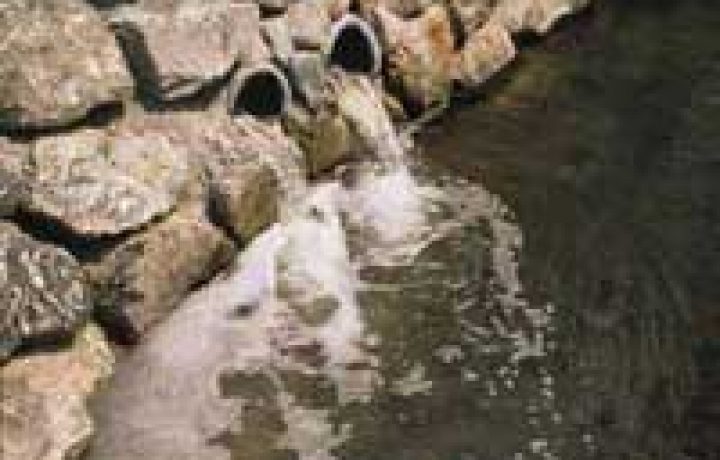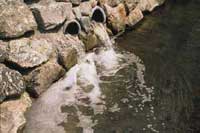We’ve all heard stories about industries piping pollutants into the water. Today — a more subtle kind of pollution in our water supply — pharmaceuticals and personal care products.


Concentrations of these chemicals are usually low, and at this point no one knows if these substances pose a threat. Isolated studies suggest, however, that concentrations of certain antidepressants affect shellfish spawning. Other drugs seem to inhibit mechanisms that defend aquatic life from toxic substances. The right chemical analysis can detect pharmaceuticals in our water — even in very low concentrations. But, currently, these tests aren’t part of any water monitoring program in the U.S.
Certain musks are toxic to aquatic biota.
Dr. Daughton says, “Aquatic pollution is particularly troublesome because aquatic organisms are captive to continual life-cycle, multigenerational exposure. The possibility for continual but undetectable or unnoticed effects on aquatic organisms is worrisome because effects could accumulate so slowly that major change goes undetected until the cumulative level of these effects finally cascades to irreversible change — change that would otherwise be attributed to natural adaptation or ecologic succession.”
How best should you dispose of your expired cough medicine, etc.? Some places in Europe require the unused/expired drugs be returned to the pharmacy, which then uses approved disposal practices or returns the drugs to the manufacturer. In the U.S., however, there is no guidance. One could make the argument that in the absence of guidance, perhaps a pharmacy would take them back, or perhaps they could be disposed of with other hazardous substances.
Calcium channel drugs are known to lessen sperm viability in aquatic biota.
This issue has only recently become topical in US, but much research has been accomplished in Europe and Scandinavia.
